How to write a professional estimate
- Assess the project scope
- Identify timing and pricing
- Include all the necessary estimate components
- Leverage the right online tools
- Focus the estimate on the value and benefitsy
- Complete the estimate
- Schedule a follow-up
If your small business focuses on service delivery, one way you can win business is by creating a professional estimate that outlines the service and pricing for the potential customer. To get the right price for your work and win potential clients, you’ll need to know the steps that go into writing a work estimate.
Assess the project scope
Before writing an estimate, make sure you understand what your potential customer wants. Ask questions to elicit clear answers about the service they want or need as well as their budget and time-frame expectations. For certain types of work, like a construction project, you may need to visit the job site to assess the project scope.
Identify timing and pricing
To provide the most accurate estimate possible, determine upfront the amount of time and the total cost, including all line-item expenses. In order to accurately estimate a project’s timing, keep in mind anything that may delay the project, such as permits, work from subcontractors, and client approvals.
For the cost estimate, consider any subcontractors you may need to hire to complete a larger job or one that comes with a tight deadline. Other expenses to consider include any materials costs. Having price-lists for supplies and equipment on hand will also help you accurately determine the overall expenses so you can price your services accordingly.
It may also help to check out the competition and get a ballpark figure of what they might be charging for similar projects. This will help you gauge the best cost estimate without leaving money on the table or sending your potential clients elsewhere.
Pro Tip
Generate professional estimate forms for your business in a few easy clicks — try Jotform Tables today.
Include all the necessary estimate components
Your detailed estimate must contain certain components, such as company name and contact information, the potential customer’s information, the services you’ll provide or the project scope, project exclusions, and the timeline and completion date.
It’s important to provide detailed information on safety measures, line item costs, and a payment schedule, including the final due date for payment. Consider adding a disclaimer stating that the actual final cost may be higher or lower than the estimate given, and list some of the potential reasons for such changes.
The job estimate should also have a tracking number, date of issue, and terms and conditions, including how long the estimate is valid.
List any relevant information about your licenses or accreditations. For example, as a contractor or freelancer, you may be required by state or local regulations to hold certain licenses or be bonded.
Finally, don’t forget your company logo.
Leverage the right online tools
Rather than just using word processing and charting programs like Microsoft Word and Excel, consider using estimating software. The right tools can make your work estimate look more professional and polished. Additionally, various types of small business software can help you ensure a complete estimate every time as part of a quote template.
For example, Jotform can help you manage work estimates online, including auto-populating table estimate templates with labor costs, materials costs, and other key data. You can access Jotform’s free estimate templates on any device and easily share them in a variety of formats.
Focus the estimate on the value and benefits offered
Although your professional estimate should include all the project facts and figures, it’s also important to present information about your services and why you’re the best company for the job by highlighting the benefits to the potential client. Use content that focuses on the result rather than how you’ll get the job done.
Enhance your estimate with references from other customers who can testify to your quality and professionalism. If there are potential challenges to the project, then proactively address them, explaining how you can solve the issues. Always include a note of gratitude to the potential customer for considering your business for the project.
Complete the estimate as quickly as possible
Time is money, and the potential client is anxiously waiting for your estimate. It’s important to ensure the estimate is accurate, but don’t take too long to complete it. The prospect may think you are either uninterested or not capable, so they may take their business elsewhere.
Schedule a follow-up
Part of writing an estimate is the follow-up. Check back in to see if the potential client has questions or if they are ready to proceed with the project. Typically, it’s good to wait two to three days to give the prospect time to review the estimate and any others that they may have received from the competition.
They will be pleased about your interest — and you’ll get insight into how to plan your upcoming work if they give you the go-ahead.




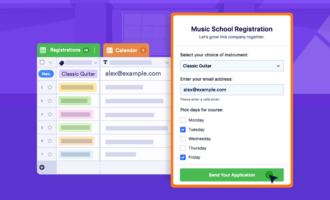


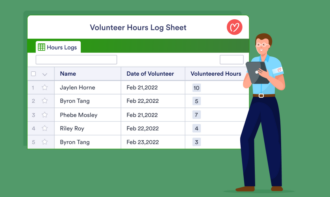


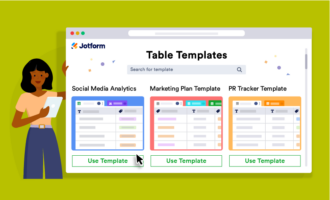

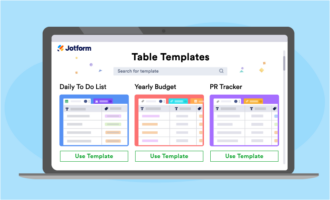
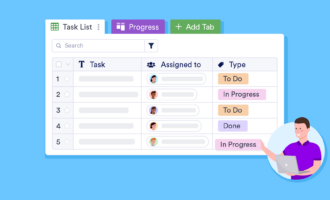





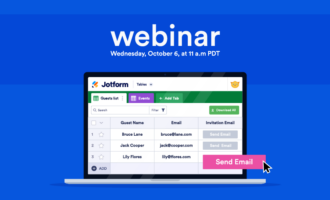
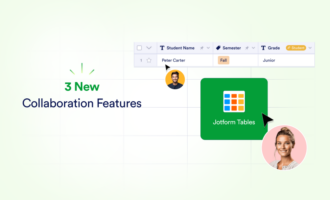


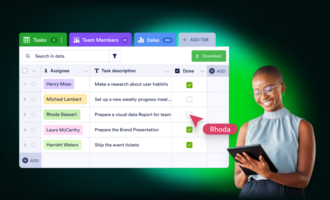







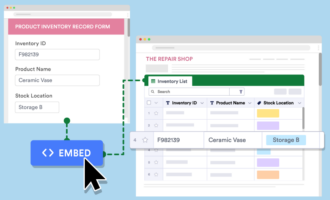



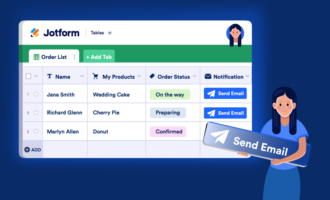

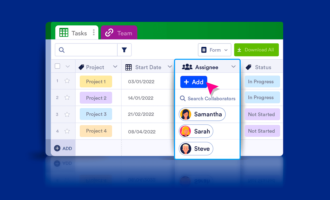





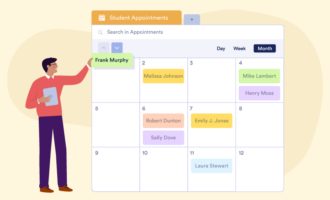
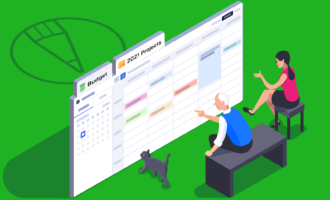






Send Comment:
1 Comment:
More than a year ago
Thanks for this summary.
First: Usually I do an estimate with the client... i.e. I put it together and then the client provides us with feedback.
Second: It all depends what kind of project we are talking about. More technical ones require more paperwork and government agencies .... the larger the organization the more paper is required and tenders for public works are particularly difficult for smaller firms.
Thanks
Have a nice weekend
Urs
#drkpiPageTracker